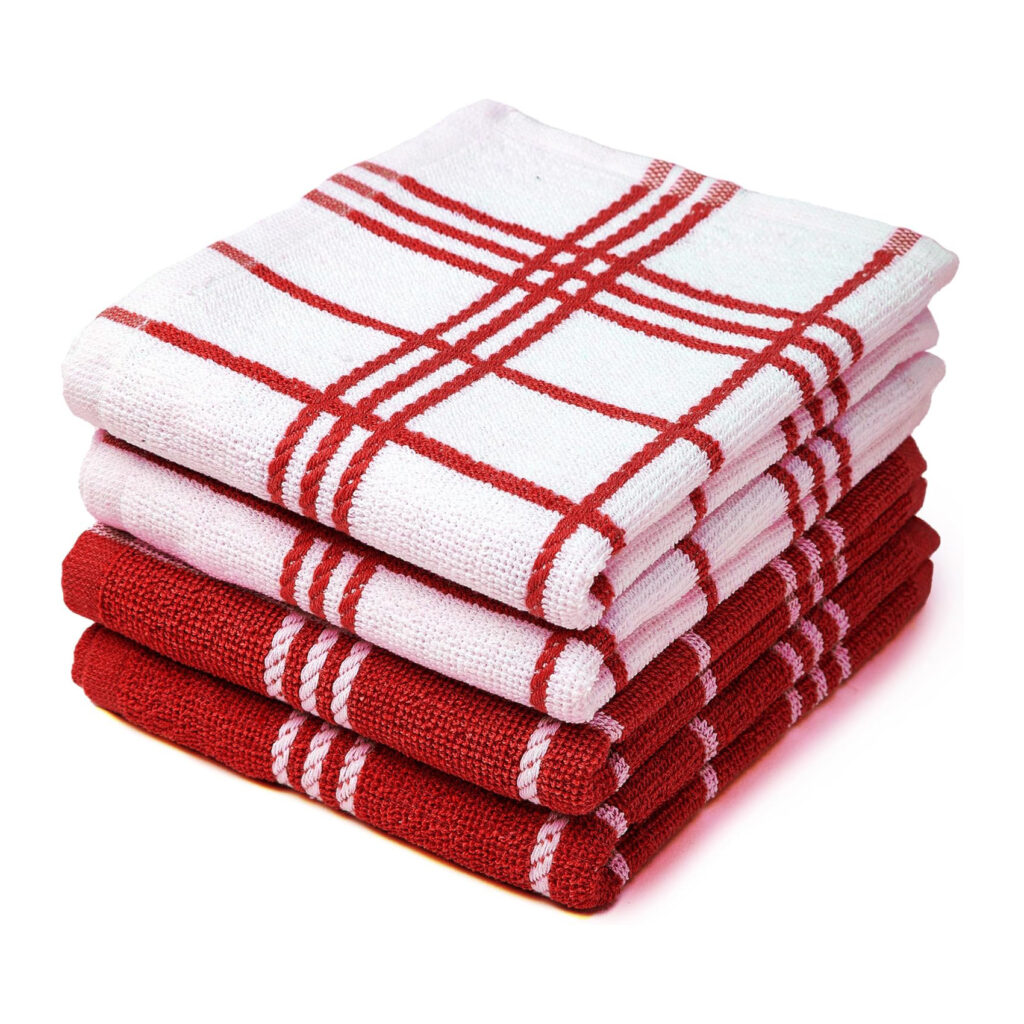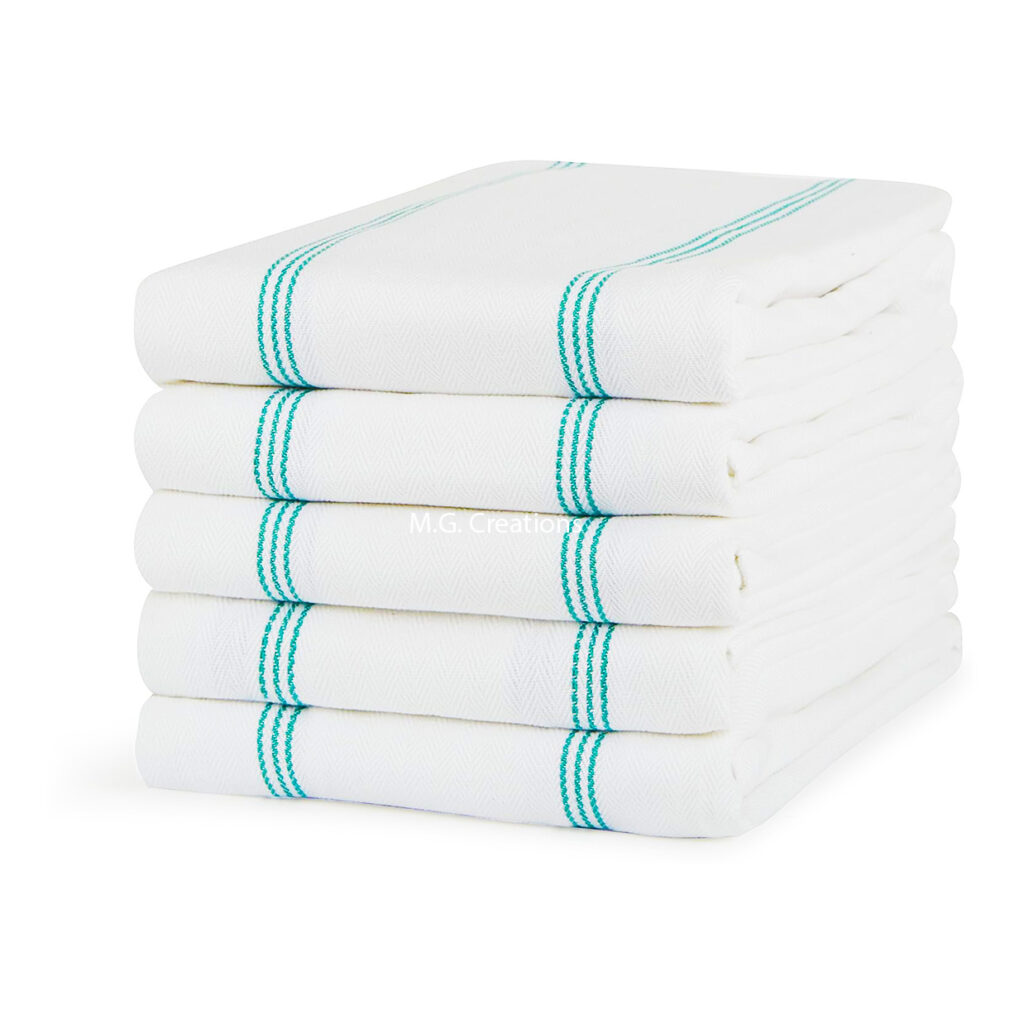
The Transformation of Kitchen Towel Manufacturing Hubs Around the World
In the past decade, the global kitchen towel manufacturing industry has witnessed a sweeping transformation. What was once a fragmented sector dominated by cost-driven production in a handful of countries is now a competitive, innovation-led, and sustainability-conscious industry. From Asia to the Americas and Europe, traditional and emerging manufacturing hubs are reshaping their operations in response to evolving market demands, technological disruption, and environmental imperatives.
The Global Shift: From Volume to Value
For years, global kitchen towel manufacturing was largely centered around mass production hubs in countries like China, India, Pakistan, and Bangladesh. These regions offered inexpensive labor and vast export capabilities. While they continue to be major players, the focus has shifted from sheer volume to value creation—driven by quality, speed, design, and environmental responsibility.
At the same time, new players and re-emerging regions—particularly in Eastern Europe and North America—are investing in modern facilities, automation, and sustainable practices, offering more localized and agile alternatives to long-distance sourcing.
Regional Transformations
1. Asia: Shifting Priorities and Diversified Capabilities
China, once the unchallenged leader in home textile exports, is transforming its approach. Rising labor costs and increasing environmental scrutiny have pushed manufacturers to automate production lines, adopt digital weaving technologies, and focus on higher-end kitchen towel products. Additionally, the Chinese government’s emphasis on green manufacturing has led to stricter compliance and eco-certification trends.
India and Pakistan continue to play crucial roles in global supply. However, there is a distinct shift toward vertical integration and quality enhancement. Major Indian manufacturers are investing in organic cotton farming, sustainable dyeing, and digital printing to cater to premium markets in the U.S., EU, and Japan. Pakistan’s towel industry, centered in Karachi and Faisalabad, is similarly upgrading with modern machinery and certification-focused production for export growth.
Bangladesh, known for its garment exports, has entered the home textile space with competitive pricing and expanding capacities, driven by foreign investment and trade incentives.
2. Europe: Innovation and Boutique Production
Europe’s kitchen towel manufacturing has moved toward niche, high-value segments. In Portugal and Turkey, home textile manufacturers are renowned for craftsmanship, innovative weaving, and eco-friendly practices. Portugal’s textile valley, particularly in Guimarães, combines artisanal tradition with modern sustainability standards.
Turkey, with its strategic location and strong cotton base, has emerged as a fast-response manufacturing hub supplying Europe and the Middle East. Turkish producers blend tradition and efficiency, increasingly using digital tools and recycled materials.
Eastern European nations like Poland, Hungary, and Romania are quietly rising as nearshoring destinations for Western European brands. Their proximity to end markets, skilled labor, and improving infrastructure make them attractive for mid-volume, quick-turnaround orders.
3. North America: Reshoring and Smart Manufacturing
The United States and Mexico are experiencing a revival in kitchen towel manufacturing through reshoring and automation. U.S. manufacturers are investing in AI-driven production lines, robotic warehousing, and sustainable materials to cater to the growing demand for “Made in USA” kitchen towels. Regions in the South and Midwest are transforming former textile towns into high-tech production centers.
Mexico benefits from USMCA trade advantages and a growing number of nearshoring contracts from American retailers. With expanding cotton production and access to both North and South American markets, it’s becoming a key player in the Western Hemisphere’s textile supply chain.
4. Africa: Emerging Competitor on the Horizon
Countries like Egypt, Morocco, and Ethiopia are positioning themselves as the next-generation textile hubs. Egypt, with its long-staple cotton and established spinning industry, is modernizing to capture home textile demand, including kitchen towels. Morocco is leveraging its proximity to Europe to provide fast, flexible production for brands seeking alternatives to Asia.
Ethiopia, despite facing infrastructure and political challenges, has attracted interest with its low-cost labor and government-backed industrial parks. Several international textile companies are exploring kitchen towel and home linen production in the region.

Technology and Sustainability as Catalysts
Across the globe, several transformative trends are reshaping how kitchen towels are manufactured:
Automation and Industry 4.0: Factories in both developed and developing countries are investing in computerized looms, real-time monitoring, and digital cutting machines to reduce waste and increase speed.
Eco-friendly Manufacturing: From organic and recycled fibers to waterless dyeing and biodegradable packaging, sustainability is no longer optional—it’s a competitive edge. Manufacturers worldwide are obtaining certifications like OEKO-TEX, GOTS, and ISO 14001 to appeal to eco-conscious buyers.
Customization and Design-Led Production: The rise of e-commerce and personalized goods has pushed manufacturers to offer smaller batch runs, unique patterns, and custom packaging. This shift favors agile and tech-enabled operations.
Conclusion: A Towel-Wrapped Tale of Transformation
The transformation of kitchen towel manufacturing hubs around the world signals a broader shift in the global textile industry. No longer driven solely by cost, today’s manufacturers must balance quality, speed, innovation, and sustainability to stay relevant.
From high-tech factories in the U.S. to green-certified mills in Portugal, and from diversified Asian giants to ambitious African contenders, the new landscape of kitchen towel production is vibrant, competitive, and rapidly evolving. As consumers become more discerning and global challenges more complex, only those hubs that adapt—technologically, environmentally, and strategically—will thrive in the fabric of tomorrow’s market.
